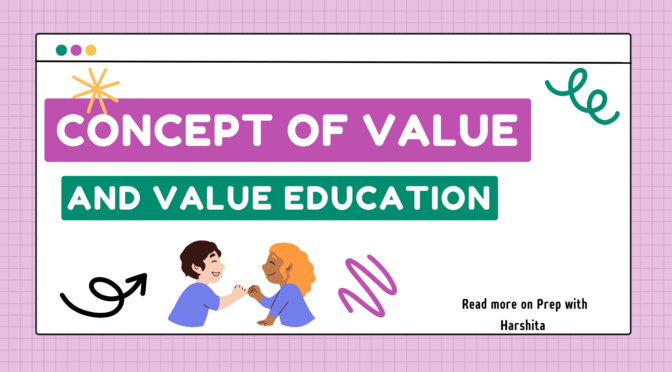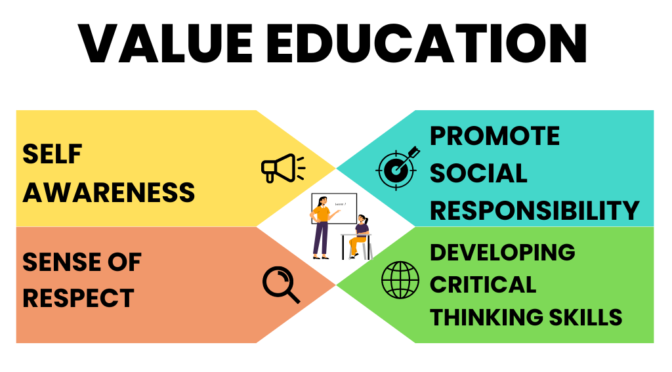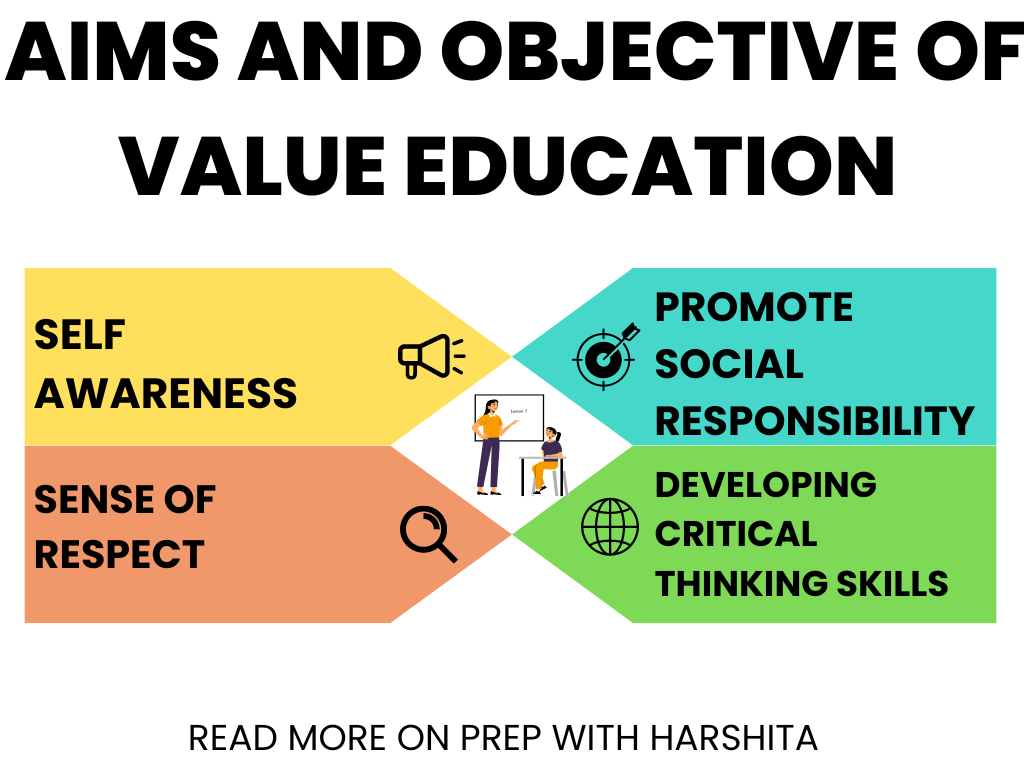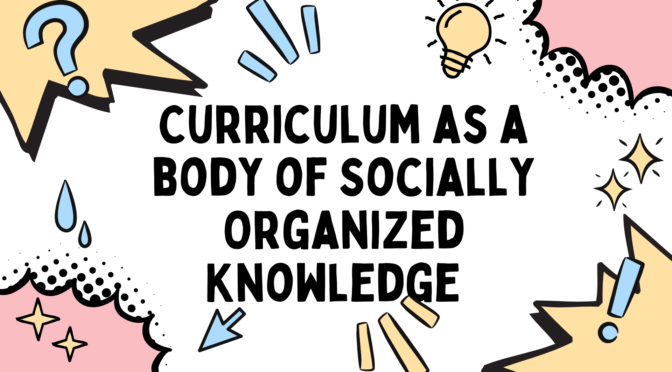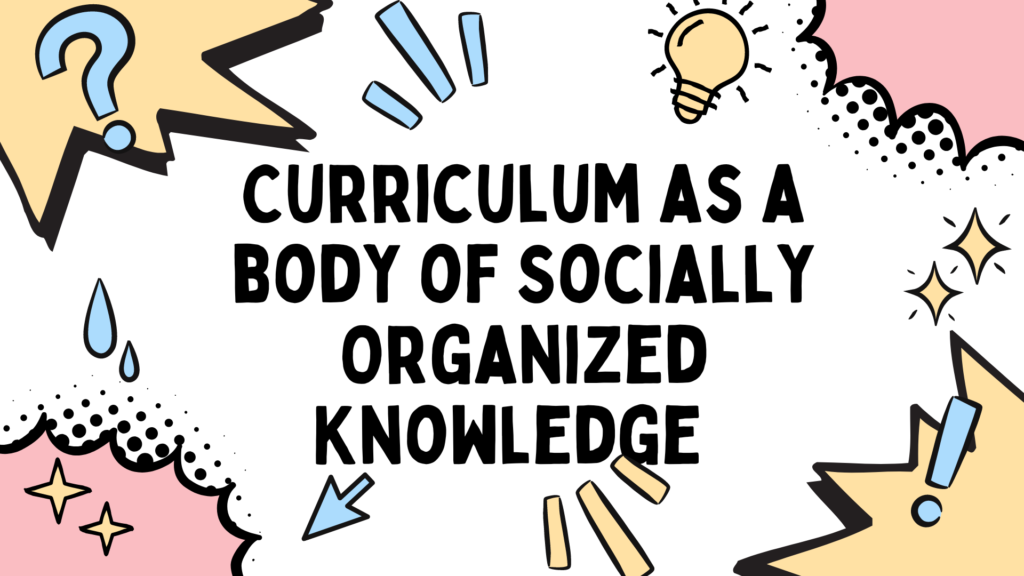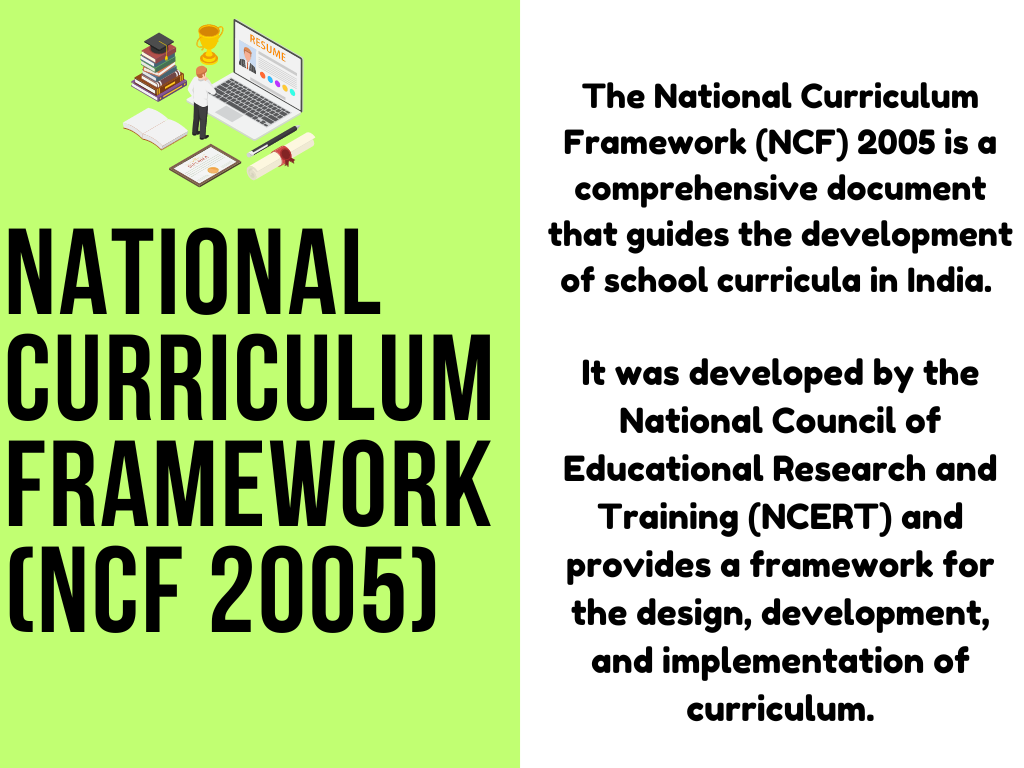Modernity and value crisis are two complex and interrelated concepts that are often discussed in sociology and philosophy. The relationship between them can be traced back to the Enlightenment period of the 18th century, which marked the beginning of modernity.
Modernity vs Value Crisis
Modernity is characterized by the pursuit of reason, science, individualism, and progress. It brought about significant changes in social, political, and economic systems, leading to a shift away from traditional ways of life. The rise of modernity was accompanied by a belief in progress, the idea that society could continuously improve through technological advancements, social reforms, and scientific discoveries.
Value Crisis
However, the rapid pace of social and cultural change that has accompanied modernity has led to a value crisis. This refers to a situation where individuals and societies experience a decline in shared values, ethics, and morality. As traditional social structures and values have been undermined, individuals have been left to navigate a complex and changing world without clear guidance or support. This has led to a sense of moral confusion and a decline in shared values, as individuals struggle to reconcile their traditional values with the demands of modern life.
Various Cause of Value Crisis
One of the main causes of value crisis is the erosion of traditional values and social structures. As societies have become more individualistic, and traditional institutions such as religion and family have declined in influence, individuals have been left to develop their own moral frameworks. This can lead to a sense of moral relativism, where individuals believe that there are no objective moral truths, and that morality is subjective and relative.
The rise of technology and globalization has also contributed to the value crisis. As societies become more interconnected and cultures mix, there is a greater diversity of values and beliefs, which can lead to a sense of moral relativism and a decline in shared values.
Value education can play an important role in addressing the challenges of modernity and value crisis. By instilling positive values and character traits in individuals, value education can help individuals to navigate the complex ethical and moral issues that arise in a rapidly changing world. It can also promote social cohesion and a sense of community, by instilling values of respect, tolerance, and empathy.
In summary, modernity and value crisis are two complex and interrelated concepts. The rapid pace of change that has accompanied modernity has led to a decline in shared values and a sense of moral confusion. This can be addressed through value education, which can help individuals to develop positive values and character traits and promote social cohesion.
Issues and Challenges related to Modernity and Value Crisis
Modernity and value crisis are complex concepts that have given rise to numerous issues and challenges.
Here are some of the key issues and challenges associated with these concepts:
- Moral relativism: One of the main challenges associated with value crisis is moral relativism. This is the belief that there are no objective moral truths, and that morality is subjective and relative. This can lead to a decline in shared values and a sense of moral confusion, as individuals struggle to navigate a complex and changing world without clear guidance or support.
- Erosion of traditional values and social structures: The erosion of traditional values and social structures is another challenge associated with value crisis. As societies have become more individualistic, and traditional institutions such as religion and family have declined in influence, individuals have been left to develop their own moral frameworks. This can lead to a sense of moral relativism and a decline in shared values.
- The rise of technology and globalization: Technology and globalization have also contributed to the value crisis. As societies become more interconnected and cultures mix, there is a greater diversity of values and beliefs, which can lead to a sense of moral relativism and a decline in shared values.
- Loss of social cohesion: The decline in shared values can also lead to a loss of social cohesion. Without shared values and a sense of community, individuals may feel isolated and disconnected from society, leading to a breakdown in social cohesion and a rise in social problems such as crime and drug abuse.
- Lack of ethical leadership: Another issue associated with value crisis is the lack of ethical leadership. In a society where values are eroding, it is important for leaders to provide clear guidance and promote positive values. However, in many cases, leaders may prioritize personal gain over the greater good, leading to a decline in ethical leadership and a further erosion of values.
- Cultural clashes: The diversity of values and beliefs in modern society can also lead to cultural clashes. When individuals from different cultures come into contact, there may be disagreements over values and beliefs, leading to tension and conflict.
Also Visit : Prep with Harshita
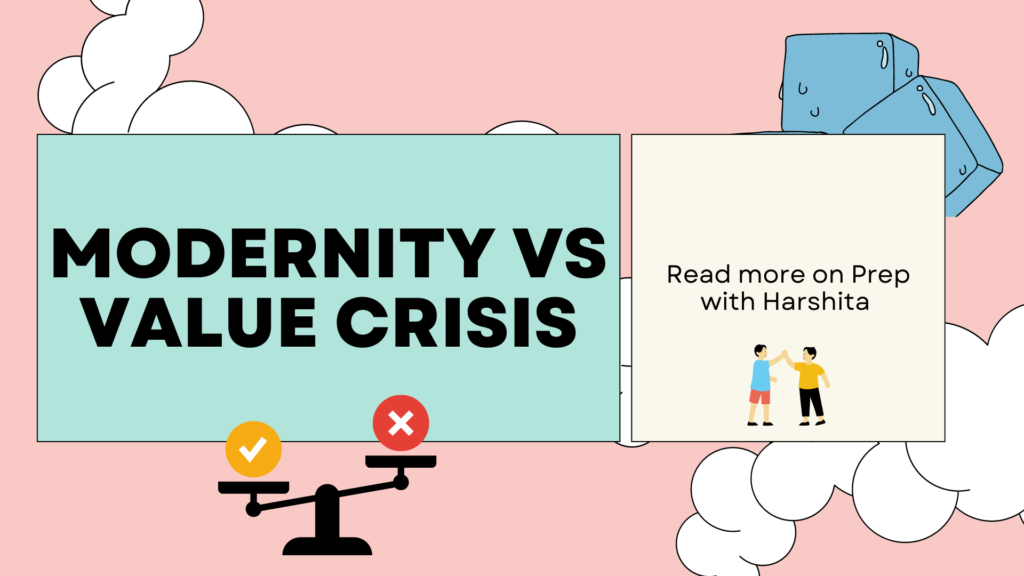
Also Read : Aims and Objectives of Value Education


